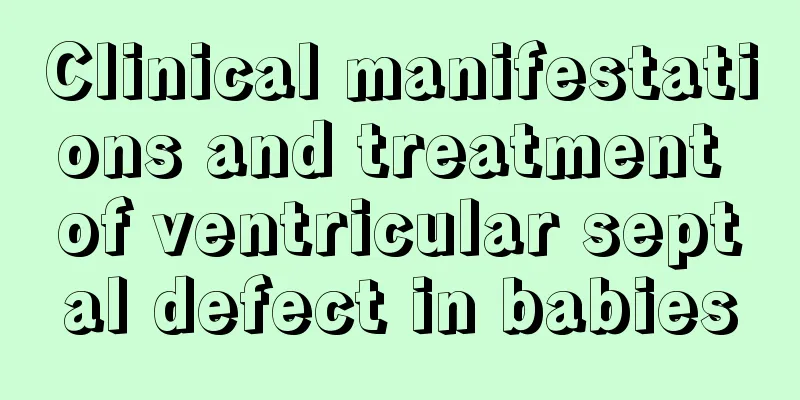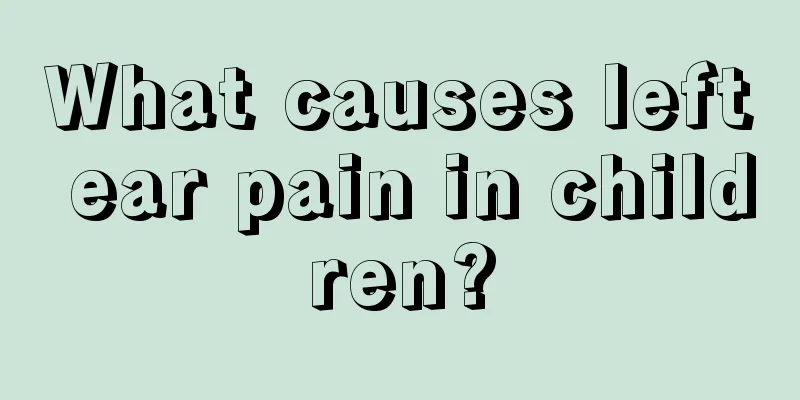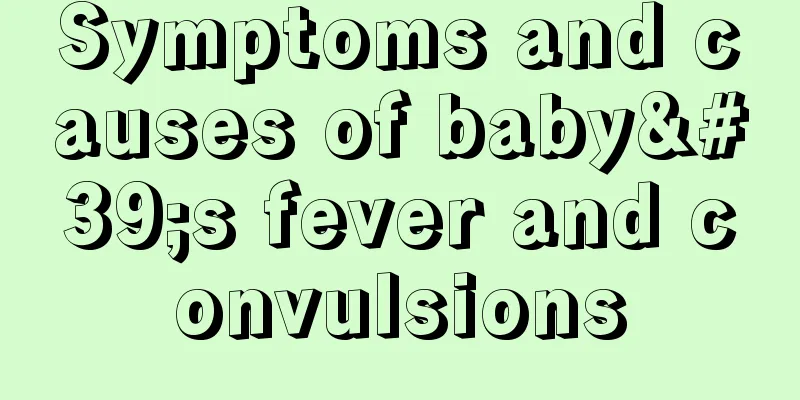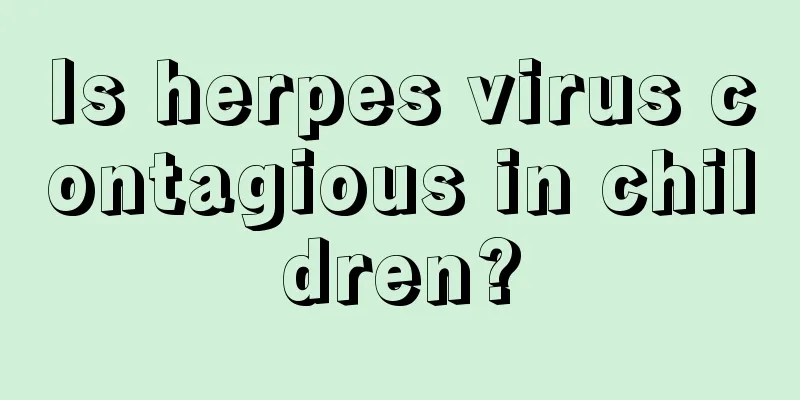Clinical manifestations and treatment of ventricular septal defect in babies

|
Ventricular septal defect is a common congenital heart disease in babies and the most common heart malformation. The defect may exist alone or co-exist with atrial artery malformations. Parents must be very anxious and hope to share the pain for their babies. Today, the editor brings you the clinical manifestations and treatment methods of ventricular septal defect in babies. Parents can take a look. Ventricular septal defect is the most common heart malformation among congenital heart diseases (CHD) in children, accounting for about 30%-50% of the total number of CHDs. It is caused by developmental disorders of the ventricular septum during embryonic development of the heart. The defect may exist alone or coexist with malformations such as pulmonary artery stenosis, atrial septal defect, patent ductus arteriosus, and transposition of the great arteries. This disease is slightly more common in boys. 1. Clinical manifestations of ventricular septal defect For children with medium to large ventricular septal defects, the result will inevitably affect the child's growth and development. Symptoms often appear in infancy, such as weight loss, fatigue, polyps, and rapid breathing. The children's milk is often interrupted due to shortness of breath, weight gain is slow, and the complexion is pale. In addition, children with ventricular septal defect are prone to repeated bouts of tracheitis and bronchopneumonia. Respiratory tract infections are more common in children during cold seasons. If the child is found to have paroxysmal breathing difficulties and irritability at night, parents should be alert to the possibility of congestive heart failure. At this time, parents must take the child to the hospital for diagnosis and treatment. Treatment of ventricular septal defect 1. Medication (1) Diuretics: Reduce cardiac load and systemic venous congestion. Spironolactone (spironolactone) has a potassium-sparing effect. When furosemide and spironolactone (spironolactone) are used simultaneously, no additional potassium supplementation is required. (2) Digoxin: However, it is generally not used when the baby first experiences increased stress. (3) Vasodilators: such as enalapril and captopril, can effectively reduce the overload of systemic circulation. During long-term use of these drugs, blood electrolytes, digoxin levels, and renal function should be checked regularly. When medical treatment is ineffective, surgical treatment may be indicated as soon as possible. 2. Surgical treatment (1) Indications for surgery: patients with simple ventricular septal defect without other malformations, whose heart failure cannot be controlled by drugs; patients with large left-to-right shunt, limited movement and poor response; and patients with pulmonary hypertension and recurrent lung infections. (2) Early postoperative complications: low outflow tract syndrome caused by ventricular dysfunction, complete heart block, and pulmonary hypertension crisis. (3) Surgical treatment: Most ventricular septal defects can be repaired via the atrial approach. In addition, the hypertrophic infundibulum muscle can also be removed through this approach. Subarterial defects can be repaired via the aortic valve approach, but the closure of some muscular defects must be performed through the left ventricle or right ventricle. The necessity of surgical treatment is still controversial: some people advocate that in order to avoid the occurrence of aortic valve complications, all subarterial defects should be treated surgically. After reading the editor's introduction to the clinical manifestations and treatment methods of baby ventricular septal defect, do parents have a certain understanding? If the baby is found to have symptoms of ventricular septal defect, parents must discover it early, observe carefully, and go to the hospital as soon as possible. This is the best treatment method for the baby. |
<<: What to do if your baby is startled while sleeping
>>: What should I do if my baby has a fever at seven months old?
Recommend
Traditional Chinese Medicine Treatment of Childhood Asthma
There are many factors that lead to childhood ast...
What are the methods of making tofu as baby food?
Tofu has a very soft and delicious texture and is...
TCM treatment of children's cough
Children's cough is a common disease. The inc...
When does the baby's pylorus close?
Many new parents are very worried about when thei...
What is the most scientific way to supplement vitamin AD for infants?
Vitamins are one of the elements that no one can ...
How to deal with a 2-year-old baby having a fever at night
It is common for a two-year-old baby to have a fe...
What are the benefits of children learning to swim?
In daily life, many children like to play with wa...
What to do if a one-year-old child has a fever
Many young parents have encountered relatively fe...
How to make purple sweet potato nutritious for babies
Purple sweet potato, also known as black sweet po...
What should I do if my child has facial allergies?
Facial allergies in children are a type of skin a...
How to get your child to sleep
Now with the arrival of the second-child policy, ...
How long should a baby with jaundice be exposed to the sun every day
Babies with jaundice need to be exposed to the su...
Calcium deficiency in children causes sunken forehead
Calcium deficiency is quite common in children, w...
Reasons why children can't sit still in class
Some children are prone to being active and unabl...
How many times a day should a full-month baby eat milk
A one-month-old baby's organs have developed ...









